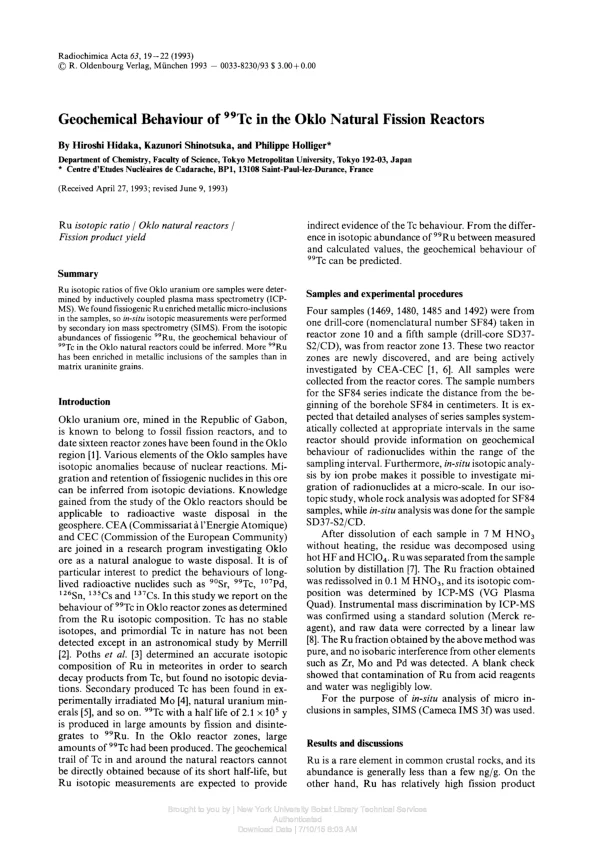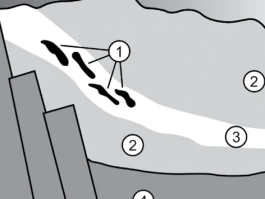Something incredible happened on Friday. It wasn't just another blip on a stock ticker; it was a signal, a tremor from a future that’s arriving faster than any of us expected. A company called Oklo, a name you might not have known a year ago, saw its stock surge over 8%. But that’s not the interesting part. The real story was in the options market, where traders were making massive, hyper-caffeinated bets on the company’s immediate success. The volume of call options—bets that the stock will go up—in the first hour alone was more than the average for the last ten days combined, a surge that prompted reports like Oklo surges amid heavy activity in call options expiring today - Sherwood News.
You could almost feel the electricity in the air, the digital hum of motivated buyers flooding the market. This wasn't quiet, patient investing. This was a stampede.
What could possibly trigger such a frenzy for a pre-revenue nuclear energy company? The answer isn't in a quarterly earnings report, because there isn't one. It’s in the ghost that haunts every server farm and data center on the planet: the insatiable, world-altering power demands of artificial intelligence. We are building a new digital mind for humanity, and that mind is very, very hungry.
The Physical Cost of a Digital Dream
Let’s be brutally honest for a moment. For years, we’ve treated the digital world as if it were magic—weightless, ethereal, existing somewhere in "the cloud." But the cloud has a physical address. It lives in millions of servers stacked in colossal, air-conditioned warehouses, and every single query, every model trained, every image generated, draws a staggering amount of real-world power. The AI boom isn't just a software revolution; it's an energy crisis in the making.
This is the kind of breakthrough that reminds me why I got into this field in the first place. For the first time, the digital and physical worlds are colliding in a way that forces us to confront a fundamental truth: our dreams have an energy cost. A Bloomberg Intelligence analysis recently projected a potential "$350 billion US nuclear build cycle" by 2050 just to keep up. That’s not a typo. That’s the price tag for powering the next stage of human evolution.
This is where Oklo enters the picture. They aren't building the sprawling, conventional nuclear plants of the 20th century. They’re focused on something far more agile: fast fission power plants and small modular reactors, or SMRs. In simpler terms, think of these not as giant, centralized power stations, but as compact, factory-built nuclear batteries that can be deployed where they're needed most, like right next to a massive data center. It's a paradigm shift in how we think about nuclear energy—from a monolithic utility to a distributed, responsive power source, exploring what some call Oklo’s Fast Fission Future: Potential and Power - StocksToTrade.

Is it any wonder, then, that retail traders and institutional investors alike are suddenly waking up to this? The frenzy we saw on Friday wasn't just a gamble; it was a collective realization. It’s the market finally understanding that the code running on a GPU in Virginia is directly connected to the need for a new power source in Idaho. What questions does this force us to ask about our future? Are we prepared to redesign our energy grid from the ground up to support this new digital reality? And can we do it fast enough?
From Blueprint to Bedrock
The most exciting part of Friday’s news wasn't the stock chart. It was the announcement that Oklo is set to begin construction on one of its fast fission power plants. This is the moment where the abstract becomes concrete, where a bold idea starts to become bedrock and steel. This is the transition from "what if" to "what is."
This is also where Oklo's story gets so fascinating. It’s the most valuable pre-revenue company listed in the US, with an enterprise value hovering around $20 billion. Think about that. The market is assigning immense value not to what Oklo has earned, but to what it is poised to solve. This isn't a bet on past performance; it's a high-stakes investment in a necessary future. Skeptics will point to the lack of revenue and the net loss of $24.68 million and call it a bubble, but they're missing the point entirely. This is like valuing the company building the first transcontinental railroad by the number of tickets it sold in Kansas while the tracks were still being laid in Nebraska. The value isn't in the present; it's in the world the project will unlock.
And Oklo is positioned beautifully for this. They have no long-term debt and over half a billion in liquid assets. They are lean, unburdened by the legacy systems of the past, and built for this exact moment. The speed of this is just staggering—it means the gap between a world struggling to power its ambitions and a world with abundant, clean energy is closing faster than we can even comprehend, and it’s happening right now.
Of course, with great power comes immense responsibility. We're talking about next-generation nuclear technology, and the conversation around safety, security, and stewardship must lead, not follow. This isn't just an engineering challenge; it's a profound social and ethical one. How do we build public trust and ensure this incredible technology serves humanity in the best way possible?
The parallel here is striking. In the mid-20th century, the rise of the automobile demanded a complete reimagining of our physical landscape, giving birth to the interstate highway system. Today, the rise of artificial intelligence is demanding a similar reimagining of our energy landscape. We can’t run the future on the grid of the past. Companies like Oklo aren't just building power plants; they're paving the energy superhighways for the 21st century.
The Signal Through the Noise
So, what are we to make of the wild stock swings, the frantic options trading, and the breathless headlines? It’s easy to get lost in the noise and dismiss it as just another speculative fever. But I believe that’s a mistake. Look deeper. What you’re seeing is the chaotic, messy, but ultimately beautiful process of the world waking up to a new reality. The financial markets, for all their flaws, are a powerful signaling mechanism. And the signal they’re sending right now is that the age of AI requires an age of new energy. The digital revolution finally has a physical consequence we can no longer ignore, and the solutions are starting to be built. Friday wasn't a bubble. It was a beginning.


